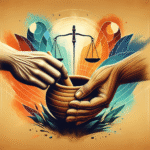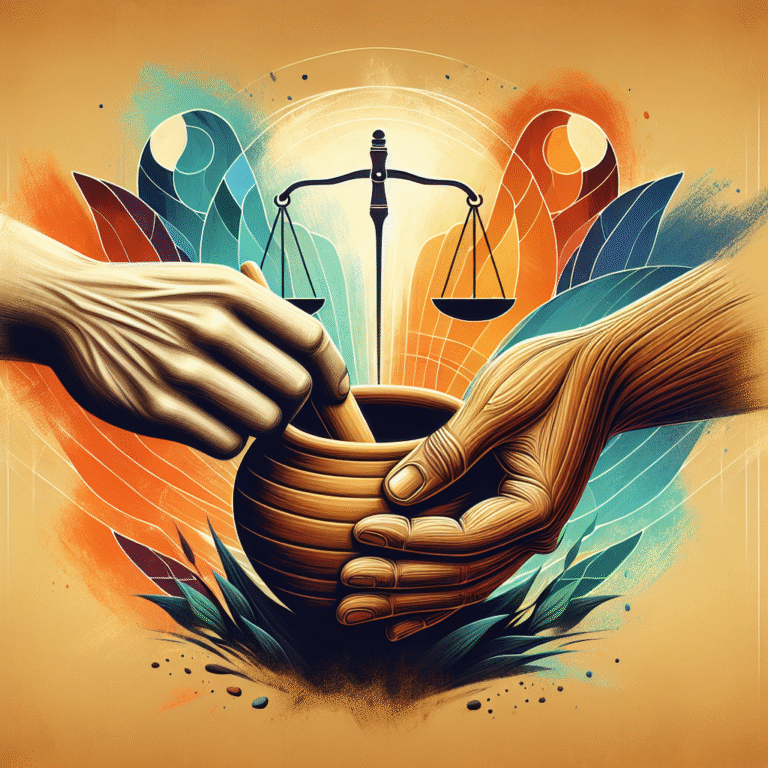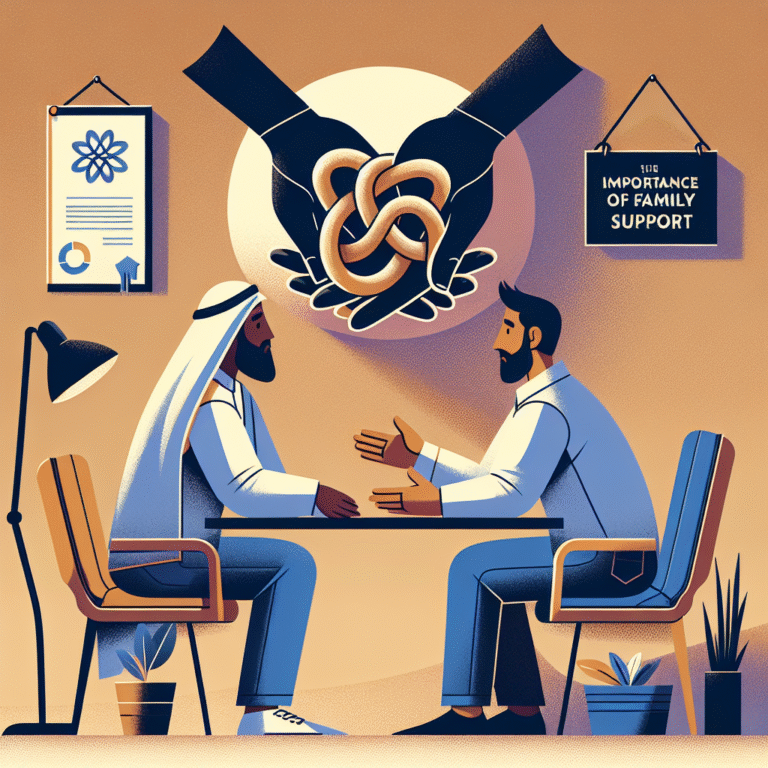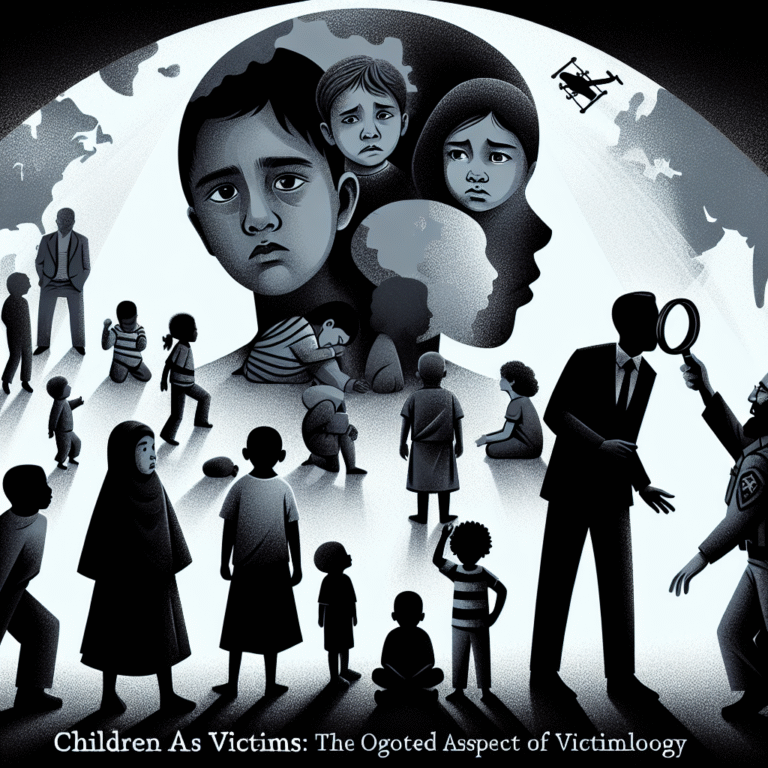
Introduction
Every year, millions of individuals find themselves trapped in cycles of domestic violence that can last for years, often hidden behind closed doors. The repercussions extend beyond physical harm, affecting mental health, emotional well-being, and financial stability. Addressing this urgent issue requires not only awareness but also understanding the dynamics involved. Recognizing the signs: a checklist for domestic violence assessment serves as a crucial tool for individuals, families, and professionals committed to identifying and combating this pervasive issue.
In this article, we’ll explore the various indicators of domestic violence, checklists for assessment, real-world case studies, and practical advice for navigating such complex situations. By the end, you’ll have a comprehensive understanding of how to recognize the signs and what steps to take.
Understanding Domestic Violence
What is Domestic Violence?
Domestic violence is a pattern of behaviors used by one partner to maintain power and control over another in an intimate relationship. This abuse can be physical, emotional, sexual, or financial, and it typically escalates over time.
Scope of the Problem
The World Health Organization (WHO) estimates that one in three women and one in six men experience some form of physical violence in their lifetime. Understanding the gravity of the problem is the first step towards recognizing the signs and taking action.
Recognizing the Signs: An Assessment Checklist
1. Physical Signs
- Any Injuries or Bruises: Frequent unexplained injuries or signs of physical altercations.
- Frequent Doctor Visits: A pattern of medical appointments often without a clear explanation.
| Physical Signs | Possible Explanation |
|---|---|
| Bruising on neck or wrists | Signs of choking, restraint, or struggle |
| Frequent "accidents" | Possibly fabricating excuses for injuries |
2. Behavioral Signs
- Withdrawn Behavior: A partner who becomes increasingly isolated from friends and family.
- Sudden Changes in Personality: Extreme anxiety, depression, or paranoia can indicate possible abuse.
3. Emotional and Psychological Signs
- Fear of Partner: An individual might exhibit signs of fear or anxiety when their partner is present.
- Low Self-Esteem: Constant belittlement may result in deep-seated feelings of worthlessness.
| Emotional Signs | Consequences |
|---|---|
| Extreme jealousy | Control over social interactions |
| Changes in mood | Possible signs of manipulation or control |
4. Financial Abuse Indicators
- Lack of Access to Funds: One partner controls all financial resources.
- Forced Economic Dependence: Undermine independence through financial manipulation.
5. Social Isolation
- Cutting Off Support Systems: A partner may discourage or prevent contact with family and friends.
This checklist offers a starting point for recognizing the signs: a checklist for domestic violence assessment. While these indicators highlight potential abuse, they are not exhaustive.
Case Studies
Case Study 1: Sarah’s Story
Sarah experienced emotional abuse for years, with her partner constantly undermining her self-confidence. After attending a workshop on domestic violence, she recognized the patterns in her relationship. By using the checklist, she identified several risk factors: social isolation, financial control, and emotional belittlement. With support, Sarah eventually left her abusive relationship and began to rebuild her life.
Analysis: This case underscores the importance of education and awareness. Sometimes, individuals don’t recognize their situations as abusive until they see the signs clearly outlined.
Case Study 2: John’s Experience
In contrast, John faced physical abuse from his partner. For a long time, he concealed his injuries under long sleeves and played off questions about his wellbeing. Through a community program focused on recognizing the signs, he learned about the cycle of abuse and found the courage to seek help.
Analysis: John’s case illustrates that domestic violence isn’t only a women’s issue. Men can be victims too, and the signs can manifest differently.
Table of Key Indicators
| Category | Signs |
|---|---|
| Physical | Unexplained injuries, frequent doctor visits |
| Behavioral | Withdrawal, changes in personality |
| Emotional/Psychological | Fear of partner, low self-esteem |
| Financial | Control of resources, economic dependence |
| Social | Isolation from family and friends |
Taking Action
Steps to Take
-
Acknowledge the Signs: Understand that recognizing the signs is the first step in assessing domestic violence.
-
Seek Support: Whether from friends, family, or professionals, find a safe space where you can speak openly about concerns.
-
Line Up Resources: Be aware of local shelters, hotlines, and support groups that deal specifically with domestic violence.
-
Create an Escape Plan: If safe to do so, develop a plan that allows for a quick exit if the situation escalates.
- Document Evidence: Keeping a record of abusive actions helps in future legal proceedings.
Conclusion
Recognizing the signs of domestic violence is a pivotal action for anyone concerned about themselves or someone they know. A comprehensive understanding of the checklist for domestic violence assessment empowers individuals and communities to combat this grave issue effectively. While it may seem daunting, education, awareness, and dialogue can pave the way for healing and recovery.
Inspiring change begins with you; whether you share this information or take steps in your own life, every action counts.
FAQs
1. What constitutes domestic violence?
Domestic violence can include physical abuse, emotional manipulation, financial control, and sexual coercion. It encompasses a range of behaviors aimed at controlling a partner.
2. How can I help someone I suspect is experiencing domestic violence?
Offer your support by listening non-judgmentally. Encourage them to seek professional help and provide them with resources.
3. Are there specific resources for men who experience domestic violence?
Yes, many organizations offer support for male victims, including hotlines and shelters. It’s crucial to find a safe space to discuss their experiences.
4. How can I ensure my safety if I decide to leave an abusive relationship?
It’s vital to create a safety plan, which includes having an escape route, important documents, and a support system in place.
5. Can domestic violence lead to legal consequences for the abuser?
Yes, individuals who commit acts of domestic violence can face criminal charges, restraining orders, and civil litigation.
By integrating this knowledge into your daily life, you not only advocate for yourself but also for others, creating a healthier, safer community for all.
















